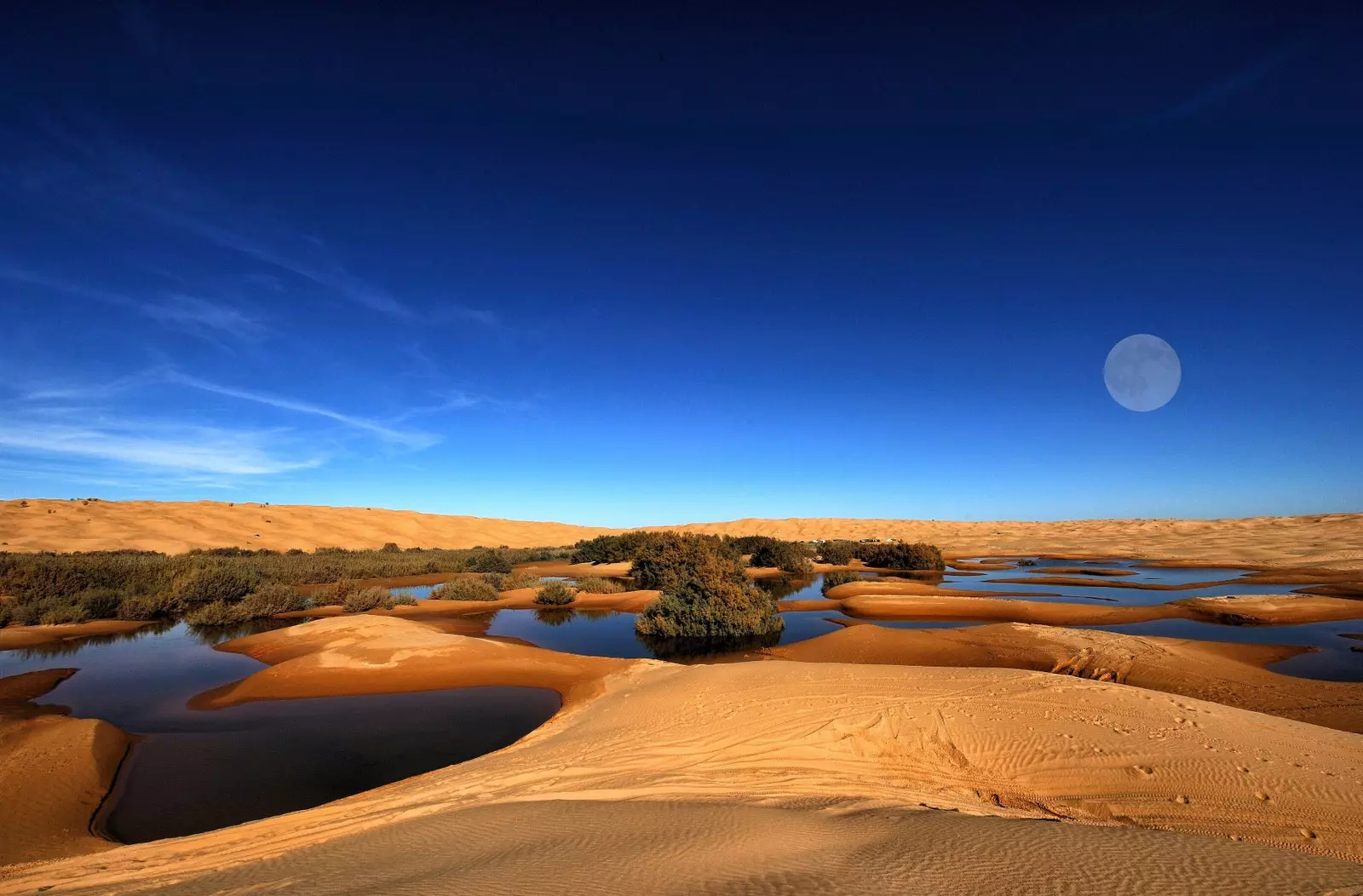
The Sahara desert hides more trees than we thought...
The Sahara desert It is one of the most unknown and inhospitable places on earth. And not only that, It is the largest hot desert in the world, covering an area of almost 10 million square kilometers. almost all of North Africa. To get an idea of its magnitude, you have to know that it is almost as big as China or the United States, and that only one of its dunes can reach 193 meters in height.
Ignorance can make us think that it is difficult for something of nature to flourish in it, since its living conditions are very difficult and the heat is extreme, but once again nature has many surprises in store (and those that we will never know).
A recent study published in the journal Nature states that the Sahara Desert and the Sahel Desert hide "an unexpectedly large number of trees" . To be more specific, the team of scientists from the University of Copenhagen, together with NASA's Goddard Space Flight Center, have estimated it at** more than 1,800 million individual trees in an area of 1.3 km2** (the double that of France).
In the words of the researchers, “ a large proportion of dryland trees and shrubs grow in isolation . These non-forest trees play a crucial role in biodiversity and provide ecosystem services such as carbon storage, food resources, and shelter for humans and animals.”
To extract these unexpected results, they have used submeter resolution and deep learning satellites . In this way they detected an unexpected number of trees, not being wooded areas but large solitary trees and bushes that, despite being isolated, have large crowns.
Specifically, these are the figures that they have given. “We detect over 1.8 billion individual trees (13.4 trees per hectare), with an average crown size of 12 m2 . Canopy cover increases from 0.1% (0.7 trees per hectare) in hyper-arid zones, to 1.6% (9.9 trees per hectare) in arid zones, and 5.6% (30, 1 trees per hectare) in semi-arid areas, to 13.3% (47 trees per hectare) in sub-humid areas”.
And just as they say, the amount is surprisingly high for what might be expected . This greatly changes the understanding and study of this type of arid zones and their role in climate change.
